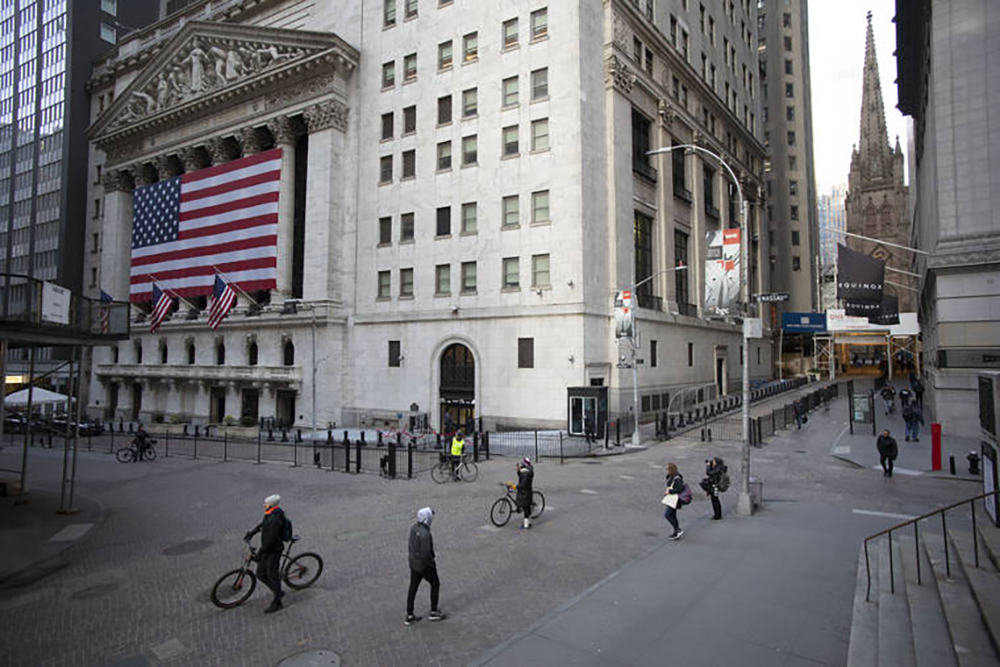By: Hellen Zaboulani
While most states and countries around the globe are reeling from the effects of the Coronavirus and the subsequent shutdown, New York City has been particularly hard hit. The Big Apple is now facing its worst economic calamity since the financial crisis in the 1970s. While many states are recovering and getting back to businesses, NYC has a long rough road ahead, with its unemployment rate close to 20 percent. The last time our city, known as a tourist magnet, faced such staggering unemployment numbers was in the 1930s during the Great Depression.
The city that never sleeps was abruptly thrown into a deep slumber for nearly four months, thrusting over a million people out of work and threatened the survival of many businesses. As reported by the NY Times, the layoffs continued through June with some employers running out of the federal funds they were using to pay payrolls, and others giving up hopes of a speedy recovery. New York City’s unemployment rate reached 18.3 percent in May, well below the national average of 11.1 percent published for June. Officially, around 670,000 NYC residents were out of work in May, with many undocumented workers suffering a similar fate.
Economists worry that the pandemic ignited an instant and wide-spread blow to NYC businesses, that was unlike anything else the city has endured. Most past financial crises were “like a prolonged illness,” said Frank Braconi, a former chief economist for the NYC comptroller’s office. “This was like a heart attack,” he said.
New York is famous for its restaurants, bars, hotels, theaters, museums and galleries — all places that remain mostly shuttered with no predictable ‘return to normal’ in sight. Many businesses, including restaurants and hotels, fear they may never be able to reopen at all. Economists worry the effects can spread to other industries such as education, health care and professional services.
Most disconcerting is that in June, despite NYC’s slow phased reopening, employers seem to be extending the fate of furlough employees, and letting go of more employees, instead of taking them back. Unemployment has become a plague particularly for people of color and other minorities. The city comptroller’s office reported that roughly one in four of the city’s Asian, Black and Hispanic workers was unemployed last month, in contrast to about one out of every nine white workers. “New York City is experiencing deep and enduring unemployment, mostly by low-income workers of color, and the city is facing a sluggish recovery with double-digit unemployment,” said James Parrott, director of economic and fiscal policies at the Center for New York City Affairs. Mr. Parrott approximates that the NYC’s total actual job loss, including undocumented workers and temps, since February could be as high as 1.25 million. New York “was hit harder than anywhere else” and has been “among the slowest cities to reopen,” said Adam Kamins, a senior economist with Moody’s Analytics. He added that NYC is in for “a long slog” to recovery, more so that other states.
As per the Times, NYC residents have filed close to 1.4 million new claims for unemployment benefits over 3.75 month period since the pandemic erupted. Further, the rush of claims does not seem to be slowing down. The number of new claims filed rose in Brooklyn in the week ending June 27, while subsiding only slightly in the other boroughs. NYS has already depleted its unemployment insurance trust fund, and has borrowed funds from the federal government to cover it. That debt is already at $3.4 billion and still climbing. No other state has had to borrow as much.
As long as tourism remains shuttered, the recovery will be lacking the momentum it needs. “We don’t see any pickup at all until September at the earliest,” said John Fitzpatrick, who owns two hotels in Manhattan. “Some of these hotels are not opening again,” he added. Directors of the city’s Independent Budget Office, Ronnie Lowenstein, expects that employment will continue to drop until early 2021. “The situation here is so much worse than it has been elsewhere that I think New York City residents are going to be facing an extended period of what we’re facing now,” Ms. Lowenstein said.





